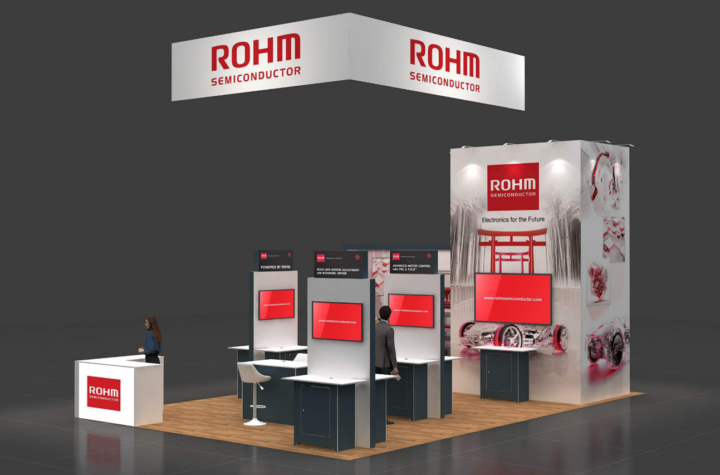
Bottom line:
• With EV and plug-in hybrid sales in the European market still low, OEMs that have invested considerable sums on these vehicle types will hope that the new market entrants launched at Frankfurt will create a tipping point, while models like the BMW i8 show that alternative powertrain vehicles can be performance-orientated and dynamic.
• While the European market remains in the doldrums, the robust recovery in the US will prove a significant fillip for the OEMs showing their wares at Frankfurt.
Outlook: Two themes could dominate IAA
The two over-arching themes that appear as though they will dominate at Frankfurt will be the launch of a new generation of mainstream EVs and performance P-HEVs, and attempts by mid-market OEMs to reinvent their brand positioning strategies.
OEMs will be hoping that increasing critical mass of EV products on the market will help boost the thus far less than impressive sales across the European region and beyond. The BMW i3, VW e-up! and the EV variant of the Golf will all add to the range of EV models on sale across the European market. It is these cars, along with other recent entrants such as the Renault Zoe, and the current best-selling EV, the Nissan Leaf, which will dictate whether the first generation of EVs will be expensive brand-building loss-leaders or actually contribute meaningfully to the bottom line profits and sales volumes. If one takes the Zoe as an example, the omens do not appear hugely encouraging. France is Europe’s biggest EV market and in the first half of the year the Zoe commanded what would appear to be an impressive 75% share of the market. However, this is still only equates to sales of 3,592 units.
A company like VW has the financial resources and R&D capability to develop full EVs, while looking to develop other forms of alternative powertrains such as its e-gas project, while CEO Martin Winterkorn personally believes that P-HEVs offer the best bridging technology between the current generation of EVs and the second and third generation of EVs. With new battery chemistries hopefully get near the level of range and utility currently afforded by conventional ICE car. In the meantime premium OEMs are accelerating the launch of P-HEVs, with the production BMW i8 the most significant public debut of its type at Frankfurt. BMW is keen to show that cars with alternative powertrains can be sporting and dynamic, in other words be imbued with the company’s traditional brand values, while still offering low emissions, high fuel efficiency and able to be operated solely on battery power.
Brand-building vehicle sub-range
The other main trend at Frankfurt is the number of mainstream European OEMs looking to offer a brand-building sub-range of vehicles along the lines of Citroën’s DS imprint (Ford with its Vignale imprint and Renault with its plans for Initiale Paris, which is likely to be trailed by the firm’s new concept). At the same time Citroën itself is looking to reposition its mainstream model range as a more value-orientated proposition.
It is because of the success of brands like Hyundai in Europe over the last decade, coupled with declining sales across the region, that has forced the volume mid-market European OEMs to alter their brand strategies. They find themselves increasingly squeezed from the bottom by brands like Hyundai, Kia and Skoda, and from the top by premium OEMs increasingly moving into their traditional segmentation territory.





More Stories
K 2025: The Power of Plastics! Green – Smart – Responsible
Automechanika Shanghai 2024
A successful and promising fresh start for the Geneva International Motor Show 2024